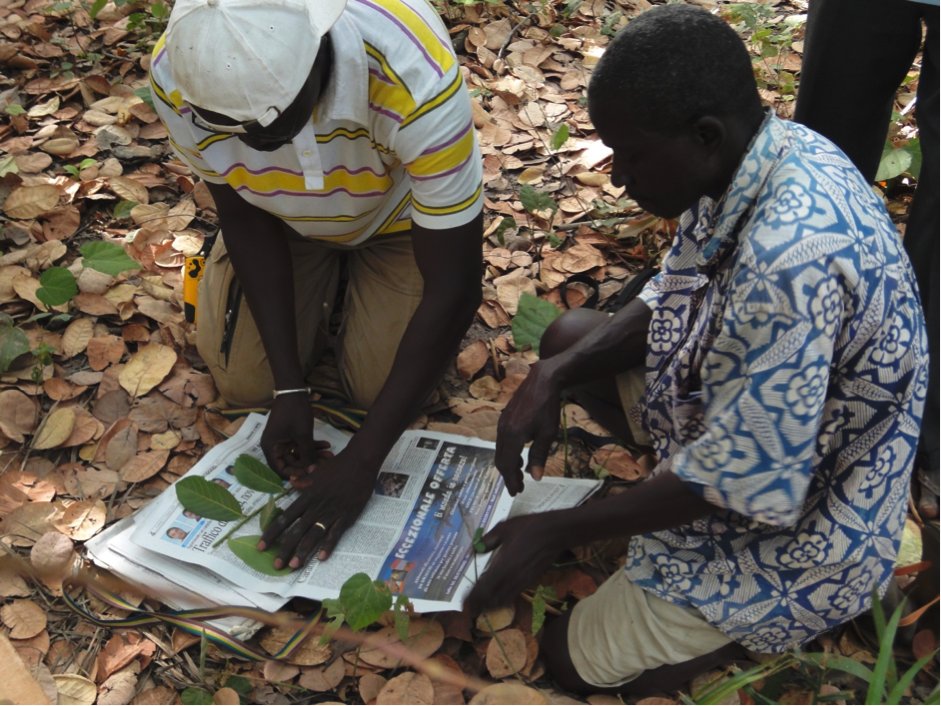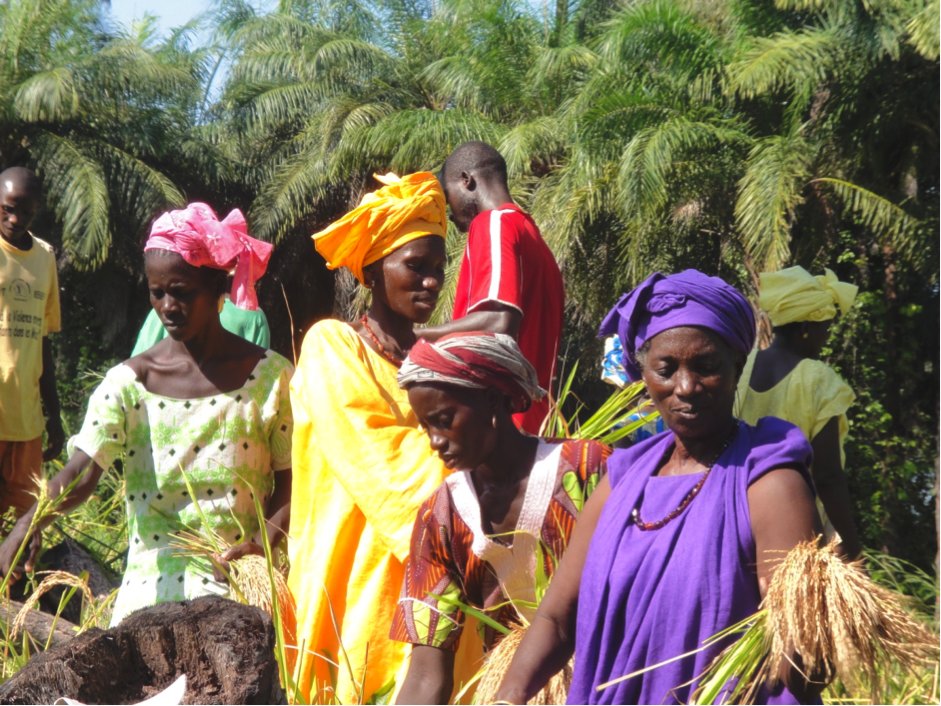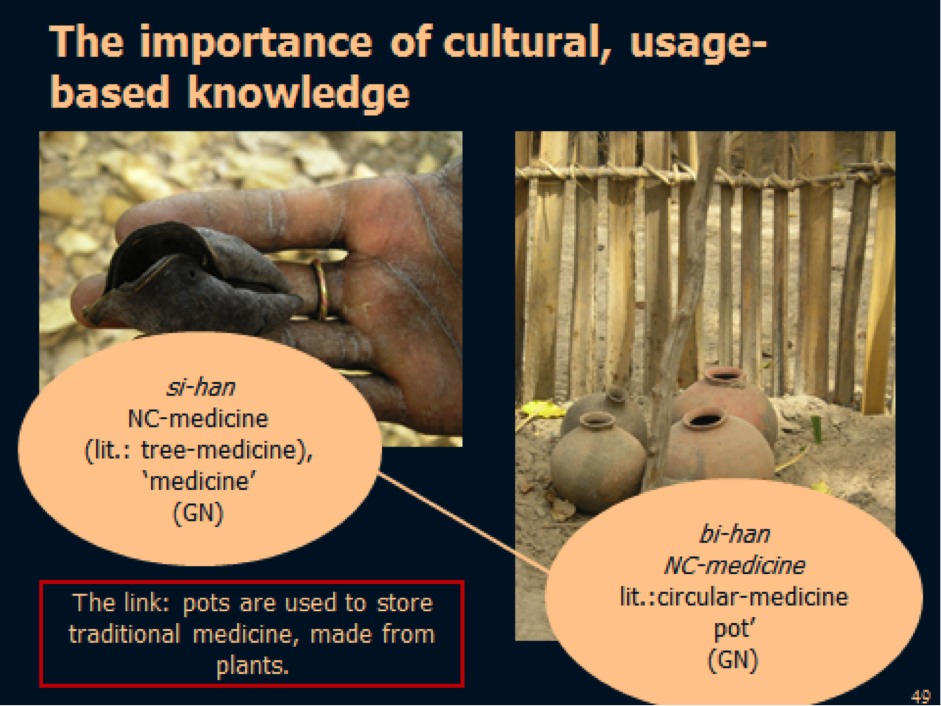A documentation of the Baïnounk languages in their cultural context will not be possible much longer. Therefore, our project focuses on three endangered and connected knowledge systems – the documentation of past and present pottery practices, of plant knowledge and use, and of the nominal classification of the languages.


Aramata Diandy and her Mandinka cowife (Agnack Petit) © Friederike Lüpke 2011

Eliciting names of pots (Agnack Grand) © Friederike Lüpke 2010

Collecting plant specimens (Agnack Grand) © Friederike Lüpke 2011

Rice harvest (Gonoum) © Friederike Lüpke 2010
Cultural knowledge on pottery and botany is reflected in the complex nominal classification system of the language, which constitutes the linguistic focus of the project. Every noun of the language belongs to one of ca. 25 noun classes. The usage and role of their referents in everyday life and ceremonies is often reflected in the choice of noun class marker. Since medicinal plants were traditionally stored in clay pots, there is a strong link between pots and plants, manifest in the grammatical system, here exemplified for Guñaamolo:




